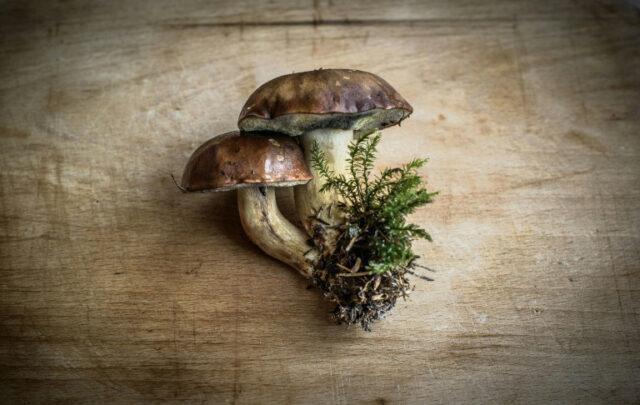Click on the headline (link) for the full text.
Many more articles are available through the Energy Bulletin homepage
Digging in: Britain’s green revolution on the home front
John Vidal, Guardian
Huge rise in home-grown vegetables amid increasing distaste for factory food
—-
During the second world war the government famously urged every able man and woman in Britain to “dig for victory” – to grub up their flower beds and tear up their lawns to grow vegetables to avoid widespread hunger. Today, a new British land army of gardeners appears to be doing the same to avoid eating industrially-produced foods.
New figures from the Horticultural trades association show a 31% increase in the sales of vegetable seed to householders, and a corresponding 32% decline in the sale of flower seeds. We are also buying nearly twice as many seedlings and young edible plants like tomatoes and marrows, and are growing far more herbs than ever before.
…The reasons given for the shift to vegetable growing in the most urbanised country in Europe range from a political desire to not be beholden to large supermarkets, to a new awareness about healthy food and the environment, and deep dissatisfaction with industrially grown food.
“It’s the fact that chefs are beginning to take up the idea of healthy foods and concern over chemicals,” said Mr Stokes. “Fifty years ago people turned to vegetable gardening to save money. Now it’s for fresh food and lifestyles.”
“I find it the best way to relax, the nearest thing to personal and political freedom,” said Joanne Nutley, 25, a Manchester allotment holder.
The seed sellers also detect a profound shift taking place, with people wanting to grow old varieties of vegetables that the industrial food system has left behind and legislation has made hard to grow.
(9 April 2007)
UPDATE: Seattle reports a similar trend: Out with the lawn, in with edibles.
Edible City: Part 2
Regine Debatty, WorldChanging
In Edible City: Part 1, my report on an exhibition about the urban environment and its food systems, I was talking to Debra Solomon — curator of the show and author of Culiblog — about utopian projects. This second part will focus more on some recent or ongoing proposals and strategies to produce food in or near the city. Debra listed all the projects on her blog but here’s a quick selection:
(8 April 2007)
The Fruited Plain
Bill Bonner, The Daily Reckoning
… Farm products – especially corn – have played such a large role in American history that like the odor of lemon madeleines in Proust, they recall for us a whole series of debacles.
When the farmer gets into a jam, the entire nation feels the pinch. The earliest settlers in the New World learned how to grow corn; it saved their lives. Then, farmers settled in the rich bottomlands…and planted corn. Soon, they ere spreading out beyond the Appalachians growing corn everywhere they could turn the earth.
The trouble in the early days was not growing the corn, but moving it. There were no roads, no canals, no railroads. So, the pioneers figured out that they could pack the energy of corn into a denser form that made it easier to store and easier to transport – corn whiskey.
[After the Whiskey Rebellion of 1794], farmers went back to making whiskey…and produced so much that the price of the elixir collapsed. This was probably America’s golden era, when corn liquor was so cheap anyone could get drunk any time of day or night.
…In the mid-1800s, first canals, later railroads, made it possible to deliver un-distilled corn all over the country. Suddenly, growing corn was more profitable than ever. The price of farmland west of the Mississippi soared. Kansas farmland went up four to six times between 1881 and 1887. The price of an acre of land on which you could grow corn rose as high as $200.
…All over the Midwest, farmers planted corn, corn, and more corn.
What happened next could have been predicted – by anyone but a farmer, an investor or a banker.
The years that followed were dry…and as the crops withered, so did the credit available to farmers. In the last three years of the decade, mortgage lending fell to only 10% of the previous three years’ activity. Land prices fell. And farmers went bust.
…But now, there’s a new bubble out on the plains…and a new political scam to go with it. In Martin County, Minnesota, says Fortune Magazine, six new ethanol plants are either in operation or being built. In the last eight months, the price of corn has doubled, from $2 a bushel to $4.
(6 April 2007)
Great background on the current boom in corn. The author seems to think that farmers have been foolish for taking part in the boom-bust cycles. But that’s just the nature of market economies (aka capitalism), as witness the dot-com and real estate boom-and-busts. -BA





